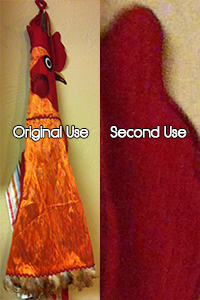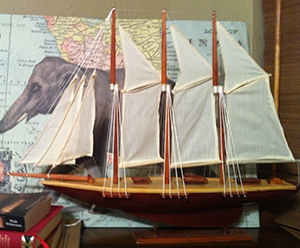Fair Use and Fair Punishment, Copyright Laws
- By admin
- 23 September, 2012
- Comments Off on Fair Use and Fair Punishment, Copyright Laws
Understanding fair use in copyright law is invaluable to nonprofits that want to prevent lawsuits caused by misused media.
What is Fair Use
Fair use is part of the limitation set on a copyright holder’s right to control reproduction of their material.
According to the U.S. Copyright Office, the fair use doctrine was “developed through a substantial number of court decisions over the years and has been codified in section 107 of the copyright law.”According to Columbia University Libraries, “fair use is determined by a balanced application of four factors set forth in the statute: (1) the purpose of the use; (2) the nature of the work used; (3) the amount and substantiality of the work used; and (4) the effect of the use upon the potential market for or value of the work used.”
Fair use law is important to nonprofits because it allows work to be used for nonprofit educational purposes, without requiring the organization to pay the copyright holder.
Misuse or misunderstanding of fair use can lead to a nonprofit paying a copyright holder for media, a lawsuit for misrepresenting copyrighted media or a cease and desist order for the media produced using copyrighted materials. All of these outcomes can be costly for a nonprofit.
Financial Repercussions

If the use of a copyrighted media is a small enough portion that no one can recognize its from the original its fair use.
Something as simple as playing an entire song behind a video or slideshow can result in costing your nonprofit money.
“You see small schools throw together a graduation video labeled with a brand or playing a popular song,” said Pool. “It ends up costing a lot. They probably would have done something very different if they had known the consequences.”
Reputation Repercussions

If a picture includes a copyrighted image in the background (the elephant), but the main focus of the picture and its context are not copyrighted (the boat), the copyrighted material falls under fair use.
“It can hurt your brands integrity,” said Pool. “Our business is based on truth and education. We are a nonprofit, government organization. If we look at our vision and mission statement and our culture as part of our ethics, we are doing everything within the letter of the law.”
How do you Follow Fair Use Statutes?
The 1961 “Report of the Register of Copyrights on the General Revision of the U.S. Copyright Law”, as seen on the U.S. Copyright Offices’ website, says the following uses of copyrighted material are permissible.
• quotation of excerpts in a review or criticism for purposes of illustration or comment
• quotation of short passages in a scholarly or technical work
• for illustration or clarification of the author’s observations
• use in a parody of some of the content of the work parodied
• summary of an address or article, with brief quotations
• in a news report
• reproduction by a library of a portion of a work to replace part of a damaged copy
• reproduction by a teacher or student of a small part of a work to illustrate a lesson
• reproduction of a work in legislative or judicial proceedings or reports
• incidental and fortuitous reproduction
• in a newsreel or broadcast
• of a work located in the scene of an event being reported


Follow Me!